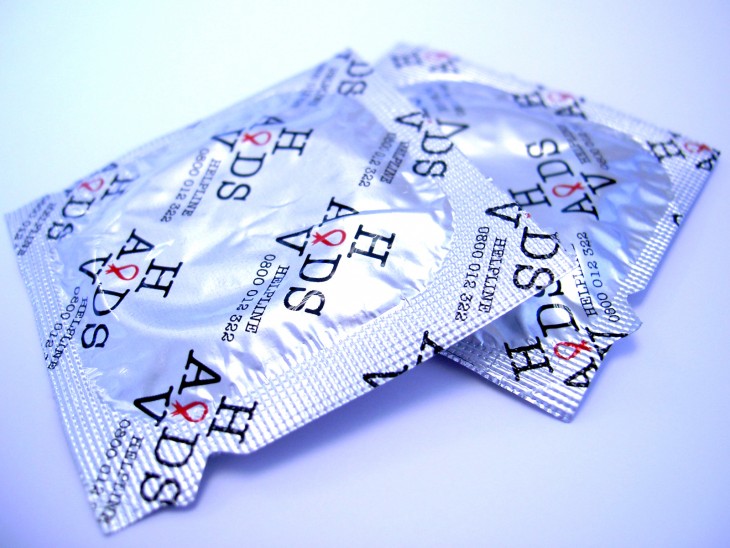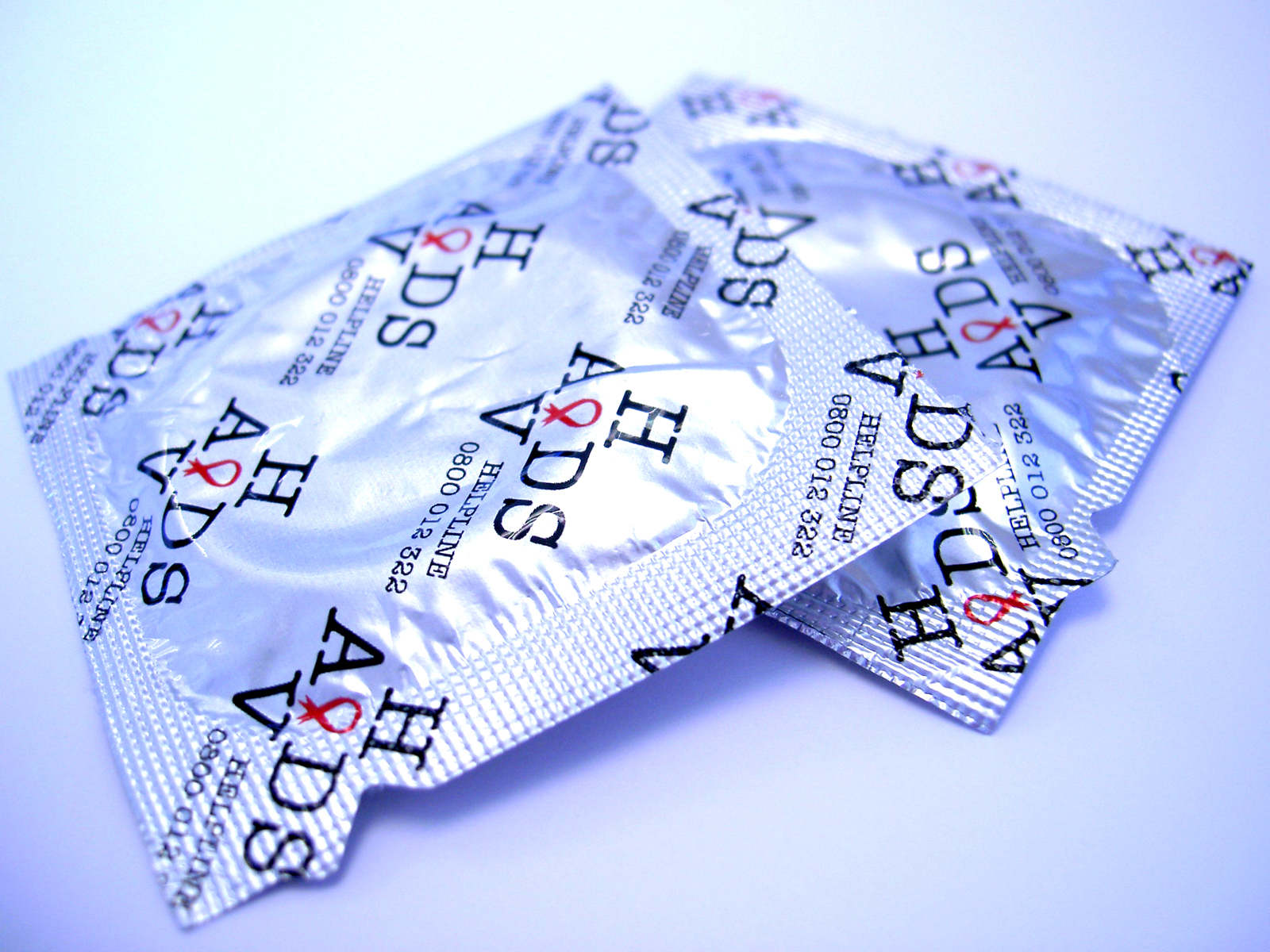Ashley is an awkward potato in love with words, Kpop,…
When we hear the term STD, we can’t help but suppress an internal shudder. Sexually transmitted diseases, popularly known as STDs, are caught by engaging in sexual activity with someone who is infected. Organisms that spread this disease are passed from one person to another through semen, blood, vaginal, and other fluids.

Sexually transmitted infections occur in different forms, such as the following:
- Gonorrhea
- Herpes
- Genital warts
- Human immunodeficiency virus (HIV)
- Hepatitis
- Syphilis
- Human Papillomavirus (HPV)
HIV is a common disease that haunts thousands of lives in the Philippines. According to an article in Time Magazine, despite its low prevalence, HIV managed to victimize at least 24,000 Filipinos in 2012. The 2012 data provided by the Department of Health reported 212 new HIV-positive cases in the country. We saw a a significant increase in HIV reports in 2013 with 380 cases. Fast forward to 2014, a noticeable upsurge in victims reflected in the DOH statistics. According to their 2014 report, there were 414 new cases of HIV-positive individuals, 18% higher than 2013 and a two-time increase from the 2012 results. Of these cases, 56% were patients between the ages of 20 and 29.
STDs require your serious attention. Some manifestations are curable but others, such as HIV, are not as forgiving. If left unresolved, the consequences are guaranteed stressful and even fatal. By learning more about STDs and its manifestations, we ladies protect ourselves better. Here are a few things you need to know:
Symptoms to Watch For
You may be at risk of contracting an STD if you’re sexually active. This risk increases if you or your partner engages in relations with multiple partners or if you have intercourse without using protection (i.e., condoms). A study from the Columbia University Medical Center lists the following as common symptoms you should watch for:
- Pain in the pelvic area during sex or when urinating
- Penis discharge for men
- Itching around the vagina and vaginal discharge for women
- Sores and warts on the genital area
- Scaly rashes on the hands and on the soles of the feet
- Loose stool, dark urine and yellow eyes
If you’re sexually active and suffer from two or more of these symptoms, you may be STD positive. If you suspect anything is amiss, best to get yourself checked as soon as possible.
[crp]Treatment
If you test positive for an STD, don’t try self-medication. Because it is contagious and unpredictable, you may only worsen your condition. STDs are serious matters and need professional medical attention. The McKinley Health Center divides STD into two categories: bacterial and viral. Bacterial STDs like chlamydia, gonorrhea and syphilis can be treated and cured with antibiotics. Unfortunately, victims of viral STDs, such as herpes, HIV and HPV, cannot be cured, but can manage the symptoms of their diseases. Specific treatments are recommended, depending on the case:
- AIDS – antiretroviral drugs are available for HIV treatment therapy. If infected with AIDS, consult with your doctor when you should begin treatment
- Genital Herpes – the virus remains in your body for life; doctors usually recommend antiviral medications to reduce the length and severity of herpes outbreaks. If the patient suffers from herpes outbreak often, they will undergo suppressive therapy.
Prevention
It’s an old saying: an ounce of prevention is worth a pound of cure. The same principle applies to the realms of STDs. Rather than suffer from the painful and possibly life-threatening consequences, it’s better to be ready now than sorry later.
- Practice safe sex – While abstaining may be the best way to avoid any STDs, it’s not always possible. Make sure to practice safe sex then and get tested for STDs regularly.
- One is better than many – Having just one sexual partner at a time reduces your risk of infection. Sticking to one uninfected sexual partner may guarantee you 0% chance of contracting any STD. That being said, this works if your partner also engages in intercourse with you exclusively. If you’re not sure, use a condom.
- Take it slow – Avoid intercourse with new partners until you’ve both verified you’re safe. Have each other tested for STD before you have a romp in the sack. Remember that you don’t have to go “all the way” to catch an STD, so play it safe.
- Condoms, condoms, condoms! – Use new latex condoms during sex. They don’t protect you 100% from STDs, especially if you have multiple partners, but they do lessen the risks. Other forms of contraception, such as oral contraceptives and intrauterine devices also help, but may not be as effective.
- Get vaccinated – Vaccinations help prevent types of STDs. There are available vaccinations for HPV, hepatitis A and B. Complete your series of shots just to be sure.
If you suspect you have an STD, visit your OB-GYN as soon as possible. Get tested today. And make sure you ask your doctor about anything you might be worried or unsure about so you can get expert input tailored to your situation.
What's Your Reaction?
Ashley is an awkward potato in love with words, Kpop, and corgis. She spends her free time dancing like one of those balloon things you see in malls.


